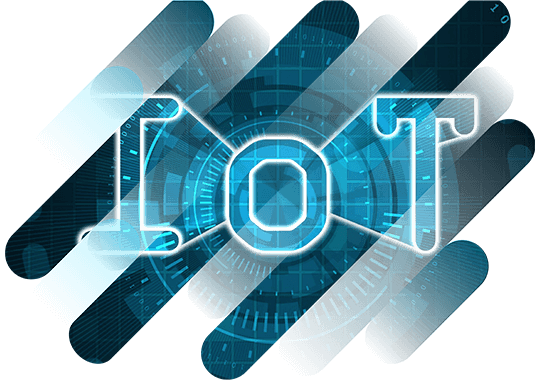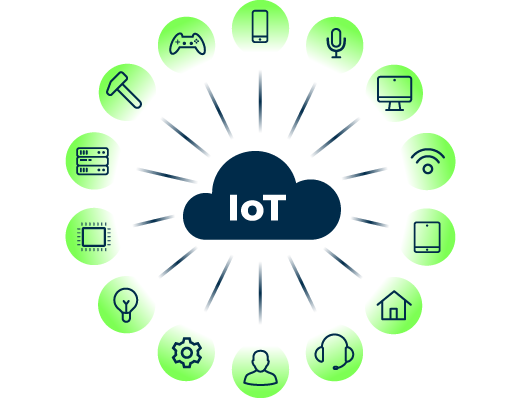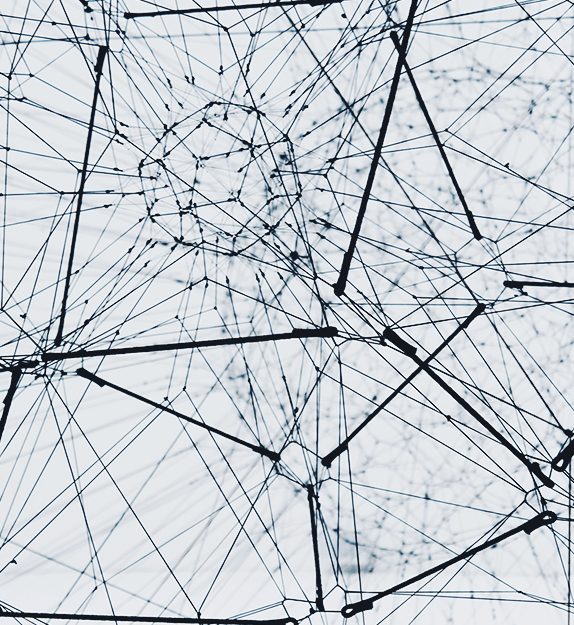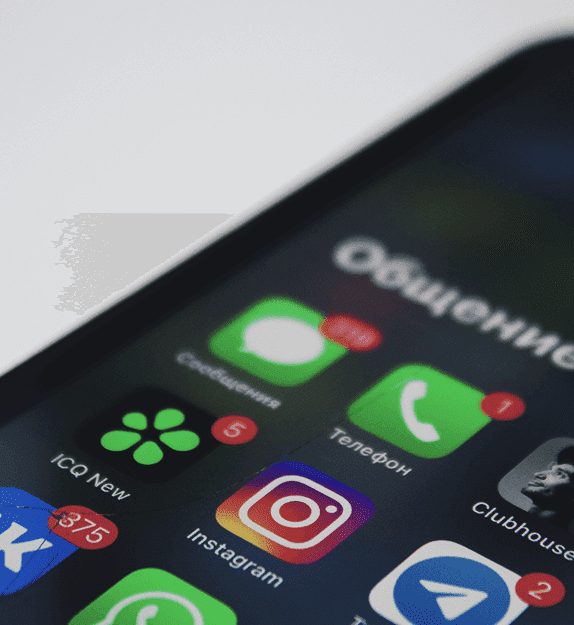New: Flexible service plans for Myra WAF. Learn more!
Home>
Internet of Things (IoT)
At one look
- 1. What Is the Internet of Things (IoT)?
- 2. How Does the IoT Work?
- 3. What Are the Benefits and Drawbacks of the IoT?
- 4. What Is the Technical Basis for the IoT?
- 5. In Which Areas Is the IoT Being Used?
- 6. What Security Aspects Must Be Taken into Account for IoT Solutions?
- 7. What Dangers Does the IoT Pose?
- 8. What Is the Industrial Internet of Things (IIoT)?
- 9. How Can Companies Benefit from the IoT?
- 10. What You Need to Know about the Internet of Things (IoT)
03
What Are the Benefits and Drawbacks of the IoT?
The IoT ensures that communication between Internet-enabled devices works. Data is constantly being captured, collected, sent, and analyzed in order to further optimize communication and connectivity. This presents tremendous opportunities in professional and private environments, but also risks.
Benefits of the IoT:
Information can be accessed from any location and at any time using any (Internet-enabled) device.
IoT technologies are continuously improving communication between connected electronic devices.
Transferring data packets over a connected network saves time and money.
Tasks can be automated, helping to improve the quality of services and reduce the need for human intervention.
Drawbacks of the IoT:
Since the number of networked devices is constantly increasing and they are exchanging more and more information with each other, the risk of an attacker stealing confidential data is also increasing. In general, cyber threats are the biggest risk associated with the Internet of Things.
The sheer mass of IoT devices presents companies with major challenges in collecting and managing the data they transmit.
Many IoT devices are not properly provided with security updates and can therefore become vulnerable to security breaches. In many cases, authentication is also inadequately secured.
Due to a lack of international interoperability standards for the Internet of Things, devices from different manufacturers are frequently unable to communicate with each other. To address this problem, several well-known providers have joined forces to form the “Open Connectivity Foundation,” which is working on common IoT standards.
06
What Security Aspects Must Be Taken into Account for IoT Solutions?
Billions of devices exchange immense amounts of data via the Internet of Things. This information, the respective applications and processes, and the IoT systems themselves must be protected against unauthorized access and manipulation. This requires, for example, effective identity and access management. In addition, all data transmitted over the public Internet should be encrypted, and all relevant systems should be effectively hardened and secured by protective measures such as firewalls. Also important is continuous software and patch management throughout the entire system operating period to close potential security gaps.
09
How Can Companies Benefit from the IoT?
Increased productivity and efficiency in day-to-day manufacturing and administration, the creation of new business models and revenue streams, and improved customer experience are just some of the benefits that the Internet of Things offers companies. The ease and seamlessness of connecting the physical business world with the digital world contributes to faster value creation. Thanks to the IoT, companies have the opportunity to monitor their entire business processes and make better business decisions based on the data collected—to reduce costs, for example.
Want to learn more about our solutions, use cases and best practices for attack defense? In our download area you will find product sheets, fact sheets, white papers and case studies.
About the author
Stefan Bordel
Senior Editor
About the author
Stefan Bordel has been working as an editor and technical writer at Myra Security since 2020. In this role, he is responsible for creating and maintaining website content, reports, whitepapers, social media content and documentation. This role allows him to bring his extensive experience in IT journalism and technical knowledge to an innovative cyber security company. Stefan previously worked at Ebner Verlag (formerly Neue Mediengesellschaft Ulm) for 7 years and joined the online editorial team at com! professional after working for Telecom Handel. He gained his first journalistic experience during various internships, including at the IT website Chip Online. As a passionate Linux user, he follows the IT scene closely, both privately and professionally.








